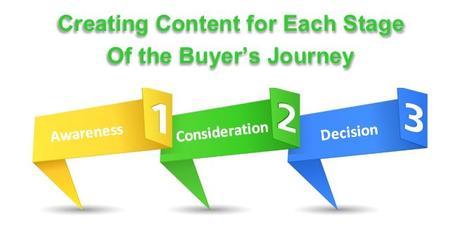Creating Content for Each Stage of the Buyer's Journey
The process leading up to buying a product or service starts long before that purchase is made. In fact, a buyer typically goes through three stages:
- an awareness stage (discovering an issue or need and wanting to learn more about it),
- a consideration stage (exploring solutions to that issue), and
- a decision stage (choosing a product or service to purchase).
Having a strong understanding of these stages allows you to capture the attention of a potential customer in each phase of the journey and ultimately usher them along to the point of purchasing.
While it makes sense to focus your content on explaining why your product/service is better than your competitors, this only captures potential customers in the consideration stage of the buyer's journey. When creating content it's important to consider each stage of the buyer's journey and utilize the types of content that will resonate with buyers in that specific stage. Not all content will work for each stage, so to help you in your content creation, here are tips on how to successfully create content that moves customers along in the buyer's journey.
The Awareness Stage
This is your first introduction to your potential customers. While you may want to get your product in front of them right away, the customers are not quite ready for that yet. At this point, your buyers are trying to find answers, gain understanding, and solve a particular problem.
It is your job to provide the quality resources that will capture the attention of these potential buyers by demonstrating that you understand their needs, which will ultimately help them begin to trust your brand.
This first interaction with potential customers is extremely important - if they don't feel that you are providing the information they need, there is a good chance they will leave you and move on to other sources.
If this is done well, though, the buyer will most likely move on to the next stage of the journey, allowing you to be their guide!
To achieve a great introduction, focus on informational types of content like blog posts, research reports, and white papers. You can also use videos and social media posts as an educational tool. During this stage, you are looking to provide more information on the problems buyers have and how to solve them. Again, you are not looking to introduce your product, but rather you are providing general knowledge regarding the issues buyers are experiencing.
Providing this type of content establishes your authority within the industry and proves that you have the knowledge to provide potential buyers with a solution to their problems.
TransUnion SmartMove, for example, uses blog posts to provide their potential customers (landlords) with information surrounding the rental industry. In the infographic below, you can see that they are focusing on an issue that faces many landlords - eviction. Note that they are simply providing an educational resource, rather than highlighting their service.
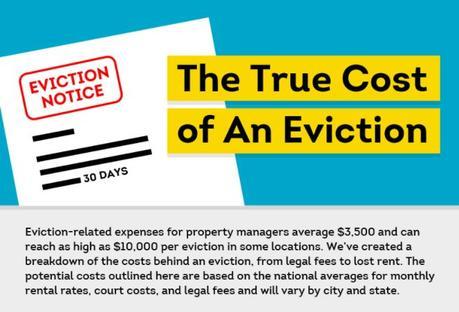
Another example of content for the awareness stage is BioClarity's interactive list of common skincare ingredients. Their potential buyers in the awareness stage are looking for general information about skincare, so this extensive list covers nearly all questions that a buyer might have, establishing BioClarity as an authority in the skincare space.
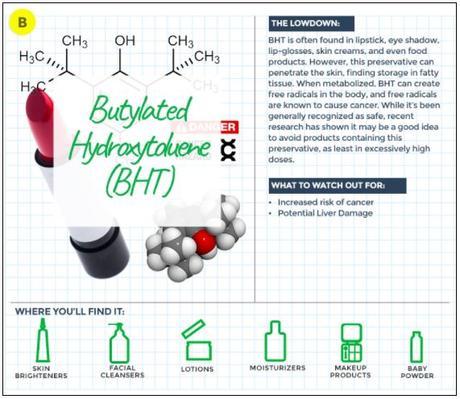
The Consideration Stage
In the awareness stage, you focused on providing quality information and research to educate your potential customers and move them forward into the consideration stage. Once in the consideration stage, you can now focus on teaching them how your products/services will meet their needs and resolve their problems.
Your goal for this stage is to align your product with the needs of your buyer and demonstrate the benefits of your product over a competitor's product. You now have the opportunity to showcase what makes your product/service superior to everything else that the buyer might be considering.
In order to create content that not only captures the attention of buyers in the consideration stage but also addresses their concerns, focus on these content types: demonstration videos, product reviews, testimonials, comparative white papers, webinars, live chats, and live interactions. Your content should clearly and concisely demonstrate that your product not only addresses the pain points they identified in the awareness stage but also is better than anything else on the market.
In this first example, Cisco uses a white paper to compare its Unified Computing System to a competitor's solution. Cisco wastes no time in explaining the benefits of its service over the competitor's. In fact, on the first page, they state that their service is revolutionary and take the rest of the white paper to show readers how. By clearing stating the benefits of Cisco UCS, they are making the consideration stage much easier for the potential buyer.
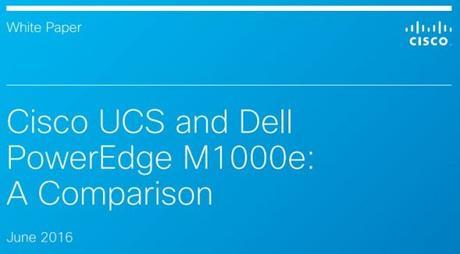
Another way to engage potential buyers in the consideration stage is using video. In this video, Airbnb takes a more emotional approach to demonstrating their benefits. Rather than stating that their service is better than the competition, as Cisco did, Airbnb uses the tagline "Belong Anywhere" to show potential customers that by using Airbnb, they can feel at home anywhere they go.
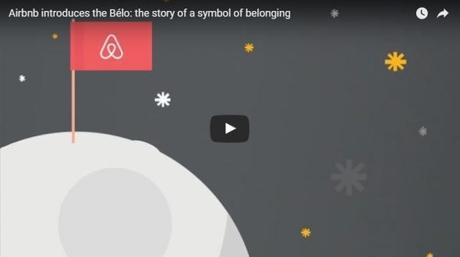
Is it better to take a more straightforward approach? Or should you tap into the emotions of your potential buyers? It depends - remember that not all content types will resonate with your potential buyers, so do what you think will be more effective for your target market.
The Decision Stage
During the awareness stage, you helped educate potential buyers on the issues they were facing. Then, in the consideration stage, you demonstrated how your products/services are the best choice for resolving those issues. Now that you have moved your buyer into the decision stage, it is essential that you get them to the point of purchasing using the right content.
This can be the trickiest part. If not done correctly, the decision stage is where the journey can fall part, despite having perfectly navigated the first two stages.
Depending on your industry and the types of products/services you offer, things like free trials, call to action buttons, discount offers, downloads, freebies or bonuses, and estimate requests can also be extremely valuable in helping your buyer decide to purchase from you. Remember, you are trying to get customers to purchase, so create content that makes their decision easier for them.
In this example from Jive Software, a 30-day free trial is offered to entice buyers into trying out the service. The hope is that potential buyers will quickly see the benefits of using the software and integrate it into their business. Then, when the 30 days are up, customers won't think twice about the purchase decision as they already have experienced the advantages of using Jive.
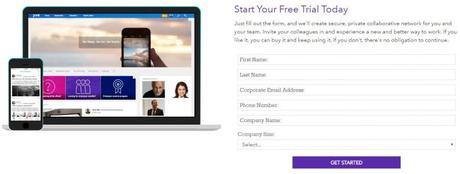
One of the most effective calls to action is requesting more information about a product/service. Community Tax makes use of this type of decision stage content by making it easy for a potential customer to request a free consultation. Notice that Community Tax requires minimal information from the buyer, making it simple to act on this call to action.
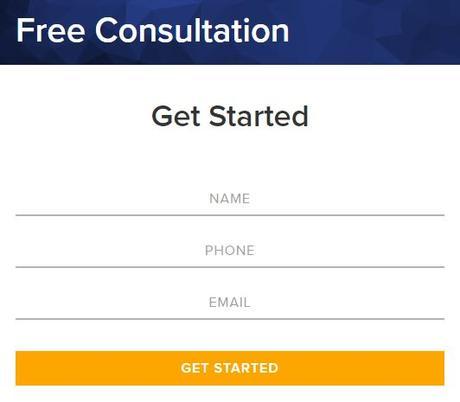
Creating thoughtful content that addresses all three stages of the buyer's journey in meaningful ways will help your potential buyers navigate this journey with you in the front of their minds. By providing the right content at the right time, you can easily turn your potential buyers into long-term clients and consumers.
Author Bio: Nicole Stelmar is a digital marketing specialist at Inseev Interactive, a performance digital marketing agency based in San Diego.
